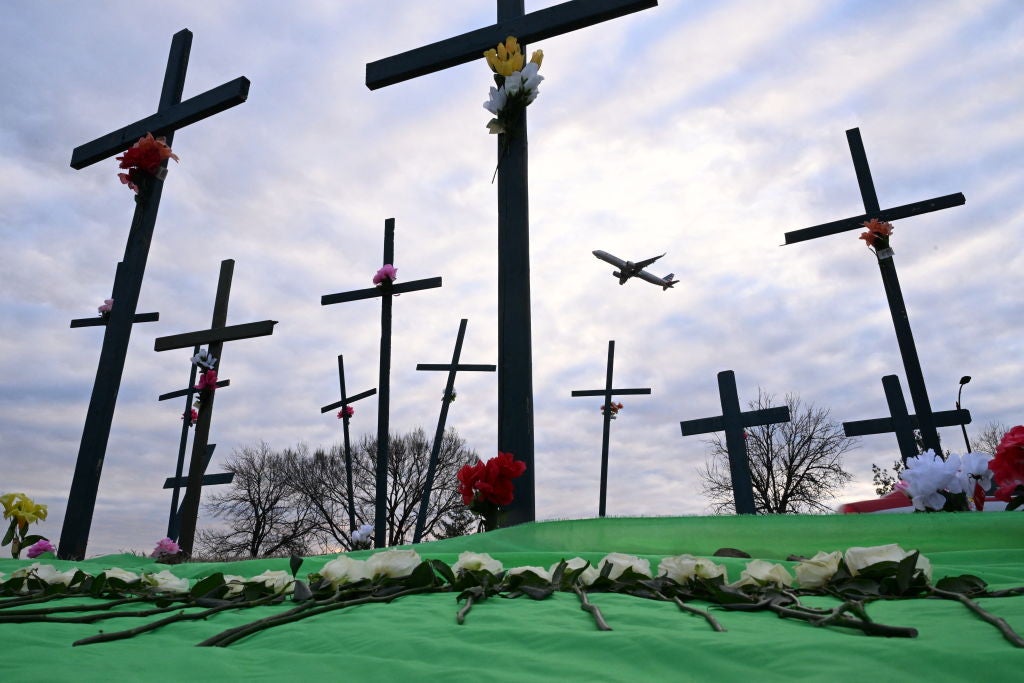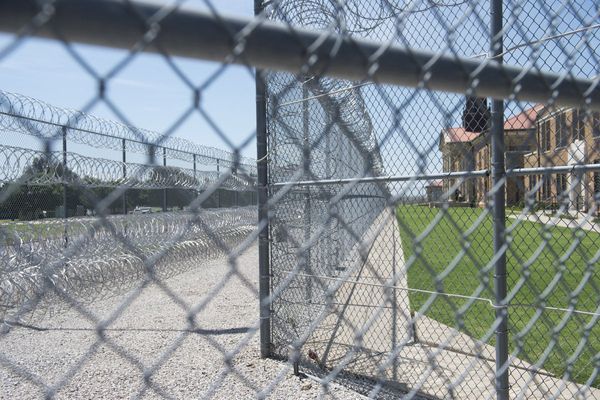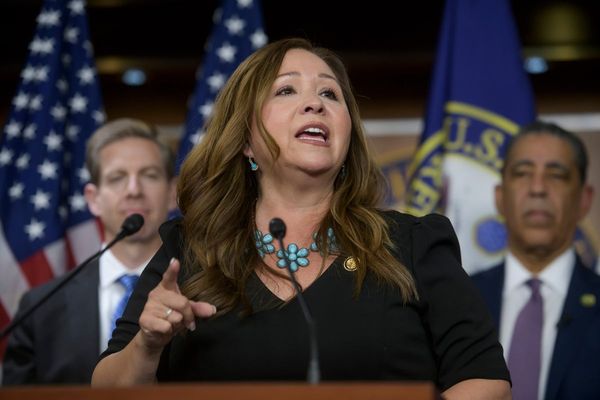The National Transportation Safety Board is investigating an incident in which two commercial planes were instructed to perform “go-arounds” to avoid a U.S. Army Black Hawk helicopter flying near Ronald Reagan National Airport on Thursday.
The situation occurred just over three months after a Black Hawk helicopter collided with an American Airlines flight at the same airport during an approach in late January that killed all 67 on both aircraft.
On Thursday, air traffic control directed a Delta Air Lines Airbus A319 and a Republic Airways Embraer E170 to conduct a “go-around” maneuver – both aborting their planned landings – at approximately 2:30 p.m. as the priority air transport helicopter was flying inbound to the Pentagon Army Hospital, according to the Federal Aviation Administration (FAA).
An angry Transportation Secretary Sean Duffy said afterward that it was “unacceptable” that two commercial airlines had to abort their landings because an Army helicopter was heading to the Pentagon.
He said he planned to talk to Department of Defense officials to find out why rules were “disregarded.”
“Safety must ALWAYS come first,” Duffy said in a post on X. “We just lost 67 souls! No more helicopter rides for VIPs or unnecessary training in a congested airspace full of civilians. Take a taxi or Uber — besides, most VIPs have black car service.”
The Independent has emailed the Army and Republic Airways for more information.
A spokesperson for Delta said: “Nothing is more important at Delta than the safety of our customers and people. We’ll cooperate with authorities as they investigate.”
The news comes just weeks after the FAA reported a close call between a Delta Air Lines plane and an Air Force jet at Reagan Airport on March 28. Last month, another incident occurred at the same airport when an aircraft’s wingtip struck a second plane on the runway. One of the planes was carrying members of Congress.
The FAA imposed restrictions on helicopter traffic in the area surrounding the airport after the deadly January 29 crash involving the Army Black Hawk helicopter and the passenger flight.

Some of the restrictions included permanently banning non-essential helicopter operations, eliminating helicopter and fixed-wing mixed traffic, and permanently closing a route along the Potomac River to helicopter traffic, among others.
There are exceptions for life-saving medical support, active law enforcement operations, active air defense, and presidential and vice presidential helicopter travel. It’s unclear if the Black Hawk helicopter in the most recent incident was operating within the carve-outs.
The NTSB released preliminary findings into the deadly January accident last month, revealing that there had been 15,214 close calls at the airport between October 2021 and December 2024. The airport logged 944,179 flights during that time.
In a news conference, NTSB Chairwoman Jennifer Homendy said the airport posed an “intolerable risk to aviation safety by increasing the chances of a mid-air collision.”
The Black Hawk helicopter in the January collision was flying above the 200-foot route altitude restriction as the plane descended into the airport.
The aircraft collided over the Potomac River, crashing into the freezing waters. Many of those on board were returning from a figure-skating competition in Wichita, Kansas, where the flight originated.
Several victims were young children and their parents. It was the deadliest U.S. aviation incident since an air carrier crashed in Queens, New York, killing 265 in November 2001.
Aborted landings due to Army helicopter near Reagan airport 'unacceptable,' top official says
Transportation secretary warns US needs a new air traffic control system
Is Norfolk Southern 'making it right' after Ohio derailment? New lawsuit adds to doubts
Rob Holland, famed aerobatic pilot, dies in crash before Virginia airshow
Zelensky has reached a deal with Trump – but it won’t stop the war in Ukraine
NPR stations targeted for cuts by Trump have provided lifelines to listeners during disasters







